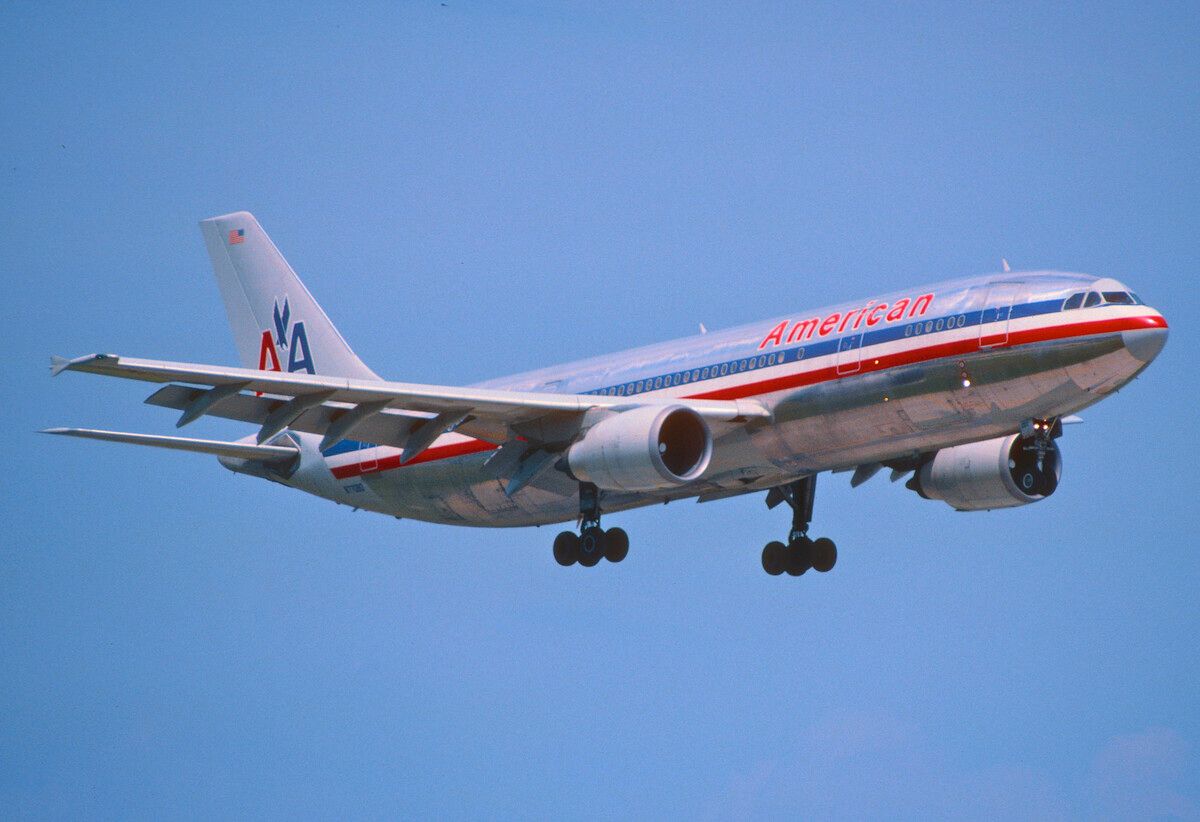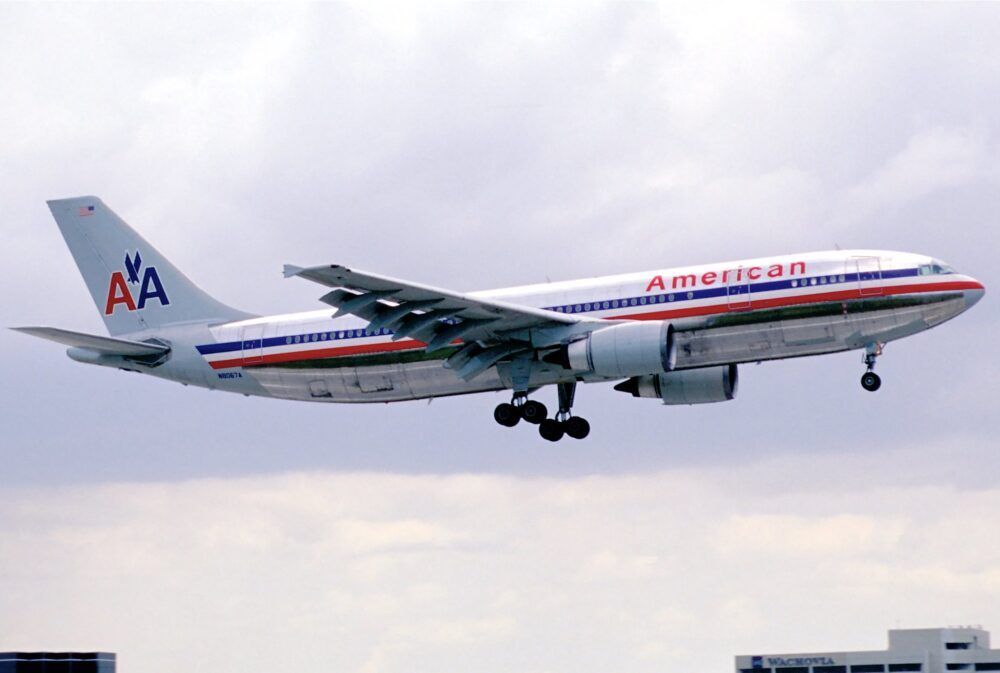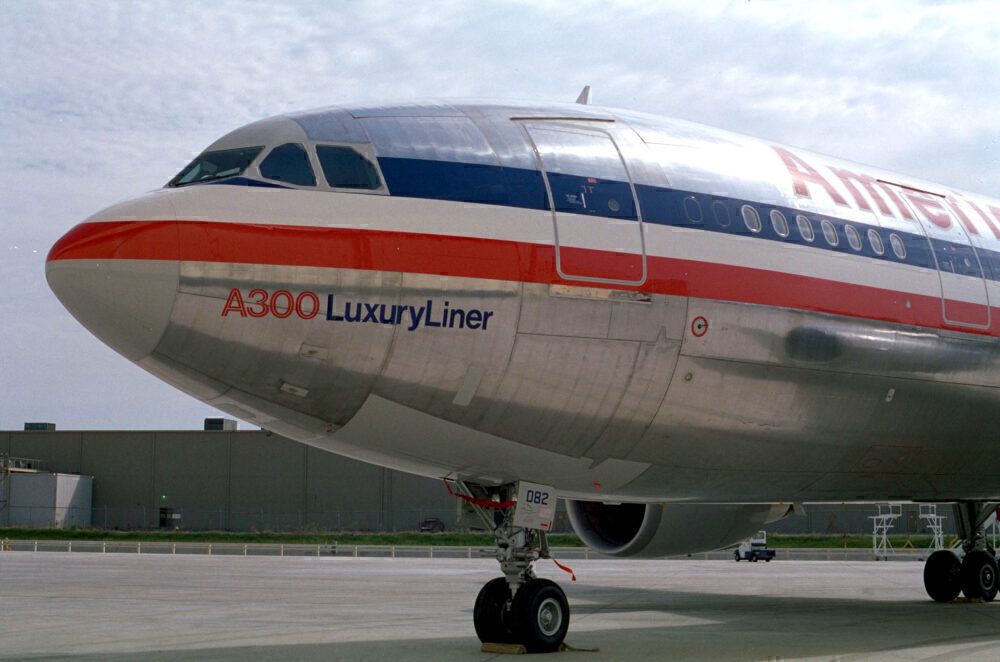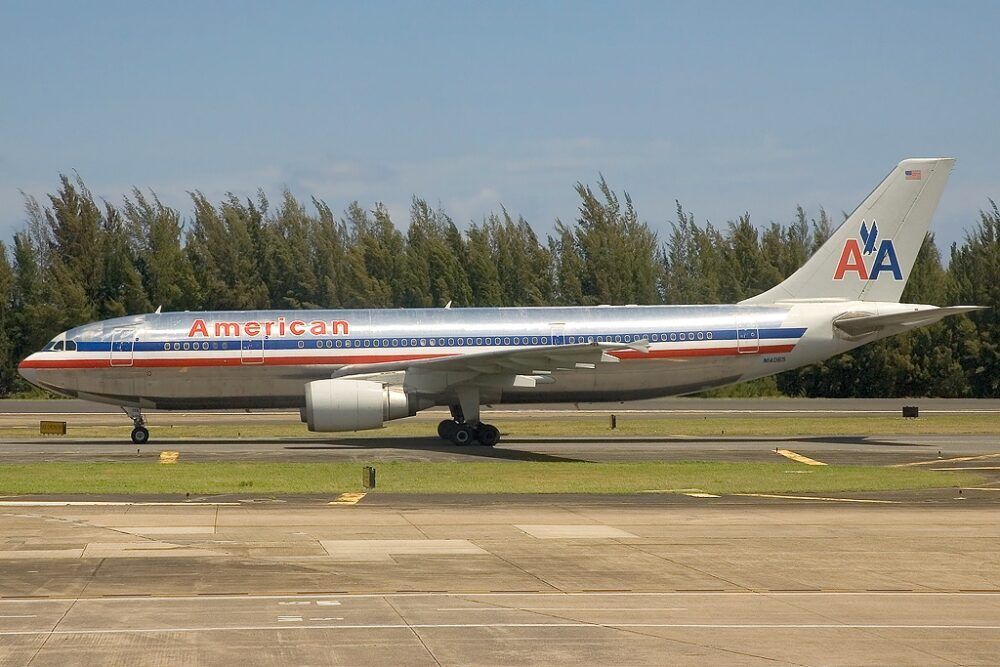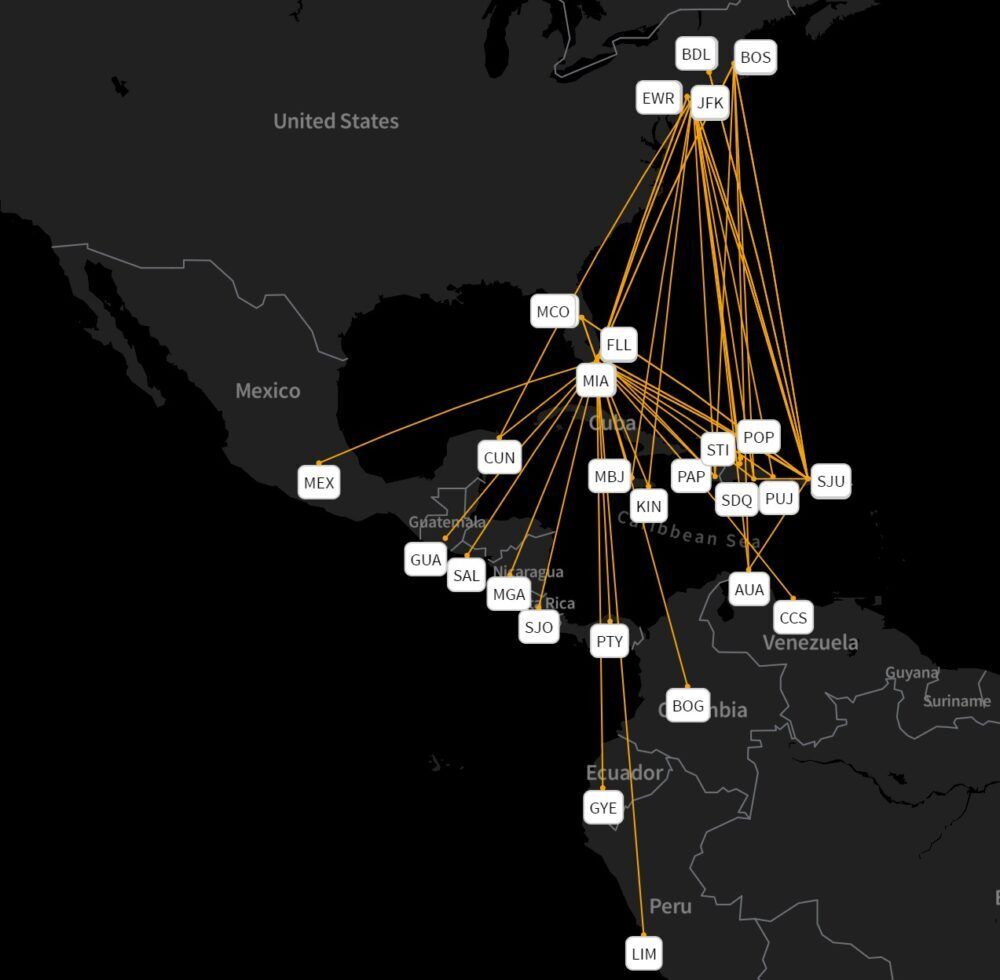American Airlines had 35 Airbus A300s. The first arrived in April 1988 with the last delivered four years later. The type was the world's first widebody twin, and American used them for 21 years until 2009. For a good while, the airline had more widebody seats by the A300 than any other type.
Between 2004 and 2009, American typically operated the A300-600R (code: AB6) on shorter and higher-density routes. They had 267 seats spread across 240 in economy and 27 in business.
With economy class having nine in ten seats, the aircraft were well-suited for the lower-yielding visiting friends and relatives (VFR) routes on which they were normally deployed. In contrast, the carrier's B767-300ERs had just 225 seats – 16% fewer.
The A300 was American's leading widebody
In 2004 – some 17 years ago – American had more seats by the A300 than any of its other widebodies.
According to schedules information from aviation intelligence experts Cirium, the A300 had 8.2 million seats in 2004, more than the B767-300ER. The gap between the two types continued to expand until 2008, the year before the AB6's exit.
Stay informed: Sign up for our daily and weekly aviation news digests.
But, the B767-300ER had more flights
However, if flights are looked at, the B767-300ER had more, with the difference in seats reflecting the much higher seating density of the Airbus twin-aisle.
It also reflects the fact that the AB6 was used on relatively short routes between 2004-2019: an average of just 1,274 miles as opposed to 3,332 miles with the Boeing type. The reason: no long-haul in this period, although American had used the A300 to Europe until a few years before.
Think A300, think Miami
If the 2004 to 2009 period is combined, American used the Airbus twin-aisle aircraft from eight US airports (San Juan is considered to be domestic). Miami had the lion's share of seats, the result of 22 routes across the Caribbean, Central America, and (northern) South America, together with domestically. These included the 192-mile link with Orlando (2004-2008).
- Miami: 12,846,438 seats
- New York JFK: 8,368,581
- San Juan: 6,151,146
- Orlando: 1,728,558
- Boston: 805,806
- Hartford: 258,456
- Fort Lauderdale: 141,510
- Newark: 128,160
The A300's international operations
The A300's international operations were often an exotic affair, with routes including Miami to Caracas; this was the type's fourth-densest route. The Venezuelan capital – now unserved because of political and economic turmoil – was also served at the time by the B737-800, B757-200ER, and B767-300ER.
The routes with the most seats operated by the A300 were:
- Miami to San Jose (Costa Rica): 1,155,843 seats
- Miami-Santo Domingo 1,069,869
- Miami-Lima: 841,584
- Miami-Caracas: 731,313
- Miami-Bogota: 563,904
- Miami-Guayaquil: 42,010
- JFK-Port-au-Prince: 508,902
- Miami-Guatamala City: 429,336
- Miami-Managua: 370,596
- JFK-Montego Bay: 307,317
Did you fly the A300 with American or another operator? Let us know in the comments.

